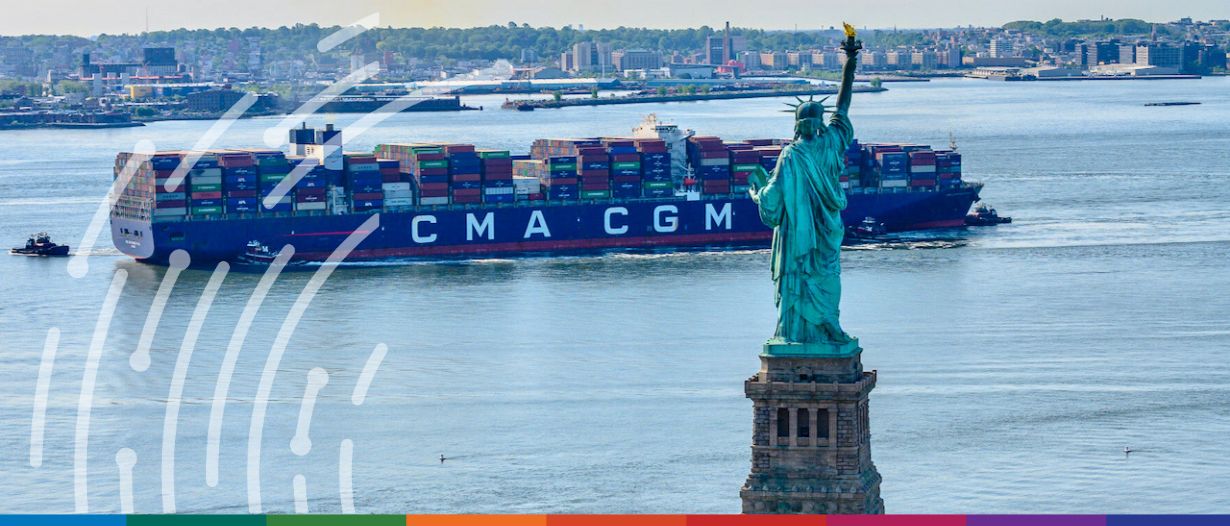Estimated reading time: 3 minutes
As Contour, the last-standing global trade finance project built on DLT moves to its next stage, we should be honest about what this speed bump means for trade, trade finance, and blockchain.
Here are the 5 lessons I’ll be taking away to inform ongoing projects:
1. Blockchain is (still) not the problem
We’re all thinking about it. DLT was a common element among Marco Polo, we.trade, Tradelens, and Contour. But there were never any reports that the technology killed otherwise successful projects, so let’s put this to bed.
2. Digitisation needs activists
Contour and its DLT peers hired some of the most competent people in trade finance. But even they need champions in the trade community.
The few times global trade has innovated, it has been either the result of an activist leader – the Port of New York standing behind the trucker who popularised containers; or a common enemy – SWIFT started with 239 banks in response to the threat that a private American bank (Citibank) would control all financial flows.
This is deeper than Contour or Marco Polo. Global trade does not have a leader. The WTO is a reasonable suggestion, but since 1994, the governance structure and political pressures have left it at a standstill.
Change across jurisdictions requires activism.
3. Commit to a long runway
When Boston decided to put an elevated highway underground? The Big Dig used well-understood technologies and still took 16 years, killed at least 11 people, and went 190% over budget.
Nearly all of the DLT projects – Contour included – ran out of runway. One reason is the regulatory guidelines took too long to catch up. In the absence of regulations, they used rulebooks, which limits the rapid expansion of the technology.
How long does change take? At least 4 years, in my experience.
In 2018, a group of us (including BAFT and Shearman & Sterling LLP) wrote this paper to advocate for an update to UCC Article 3. US guidelines were needed to allow electronic negotiable instruments. It took until 2022 for the draft amendments in a new Article 12 to be released. The previous revision of Article 5 took 8 years (see footnote 7 in the paper).
4. Do better than paper
Paper is the most interoperable instrument we have. Contour and others digitised bills of lading and other trade documents. But without harmonised standards and guidelines, any trade transaction defaults to paper.
Take eUCP 600. It was intended to be the ICC’s guidelines for digital documentation. However, it is only very lightly used in favour of regular paper-based UCP. One reason suggested by a bank was that customers are just more comfortable with UCP, even if it isn’t that efficient.
Electronic bills of lading are another example of how lack of interoperability hurts adoption. Companies like Bolero have existed since 1998, yet in 2021, Digital Container Shipping Association (DCSA) estimated that only 1.2% of global bills of lading are electronic.
In the end, the real world still transacts in colour-coded quadruplicate. Until we can improve the interoperability of paper, this will take some time to change. (I’m hopeful that CBDC may push this along).
5. Attracting new ideas is critical
What Contour did was ignite excitement in trade finance. It’s not the sexiest job, but for the past 5 years, it has attracted a younger, more dynamic crowd. This infusion alone has been a significant benefit.
It’s important to remember how critical Contour has been to the modernisation journey in the trade finance space. The goal was to modernise paper with a digitised workflow. Contour introduced efficiency into these features – processing time was down 90% – without changing them.
Trade is a complicated ecosystem. Maybe it’s time to consider whether CBDC could be nudge that the 195 countries in the world need to prioritise updating regulations to create the space for trade digitisation.
























